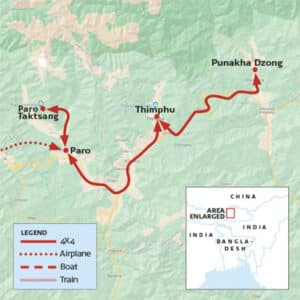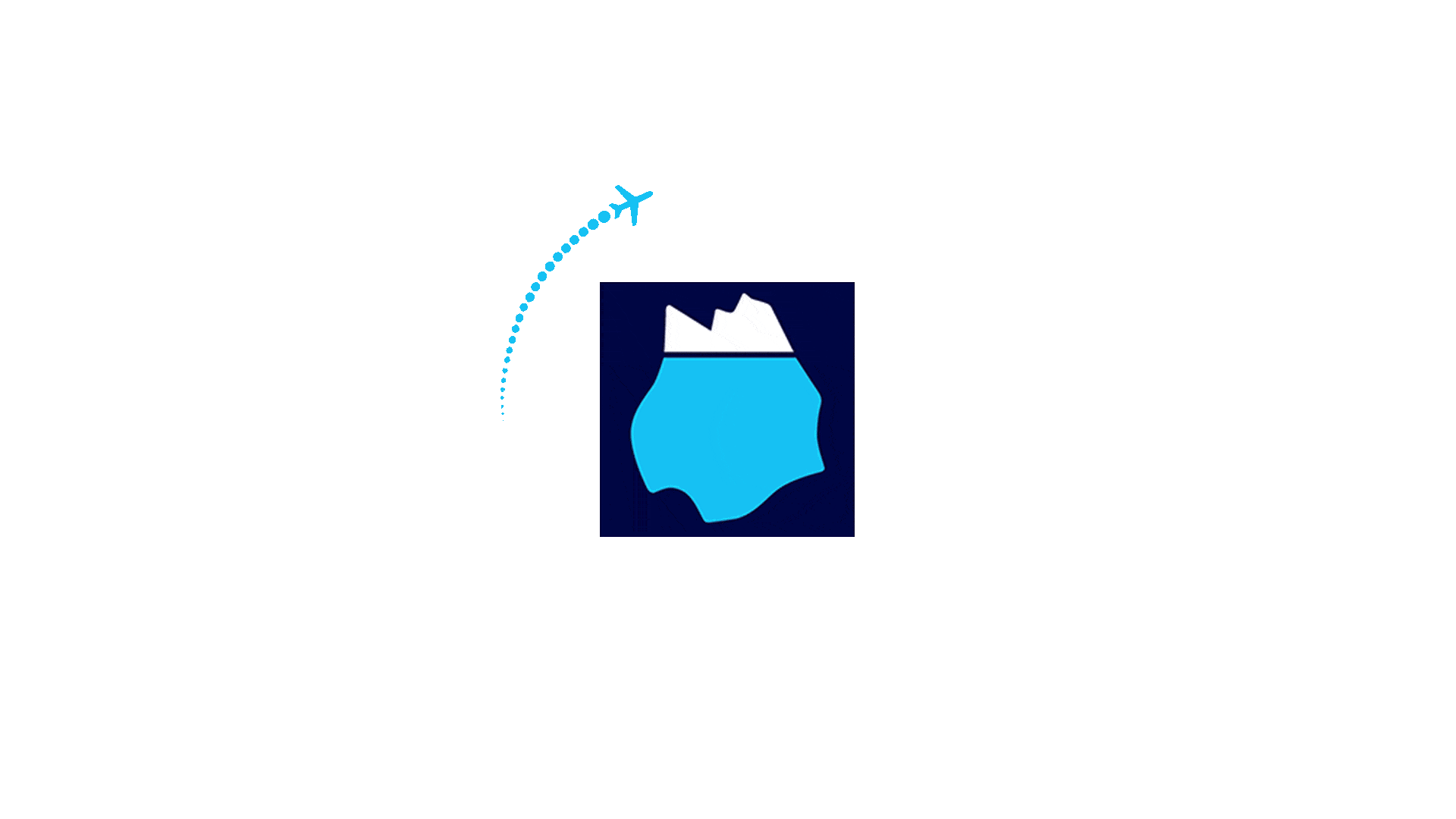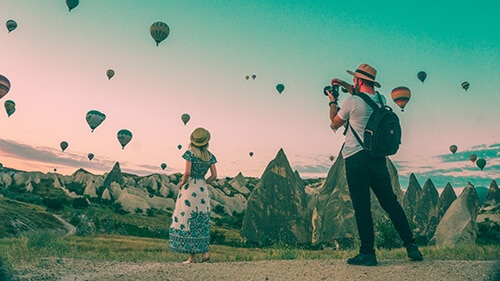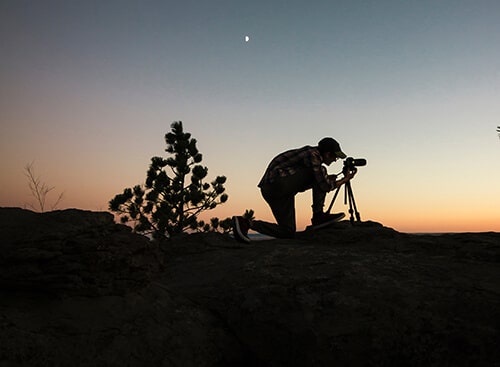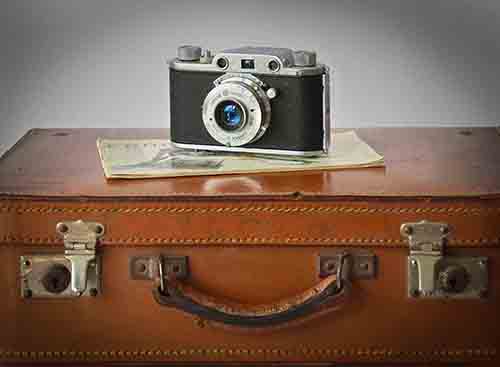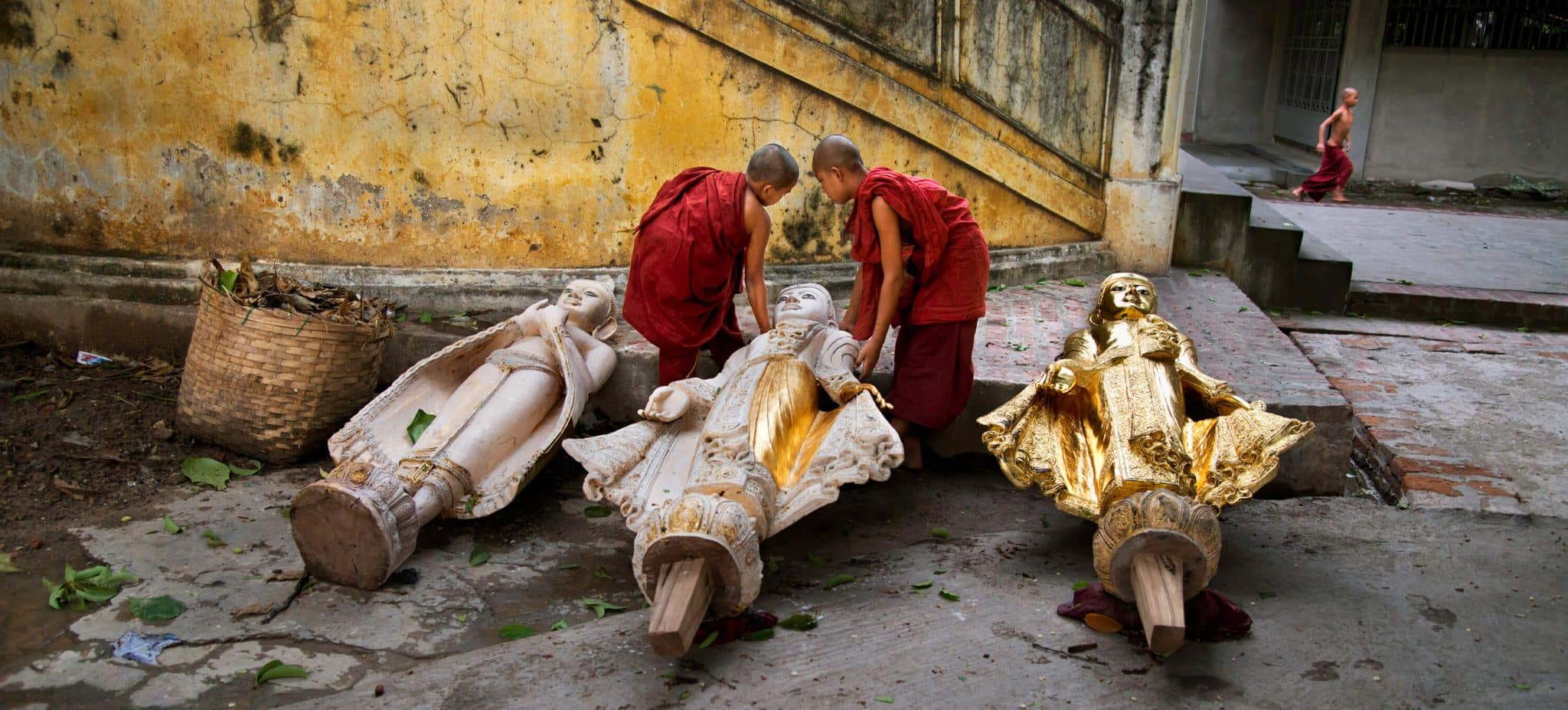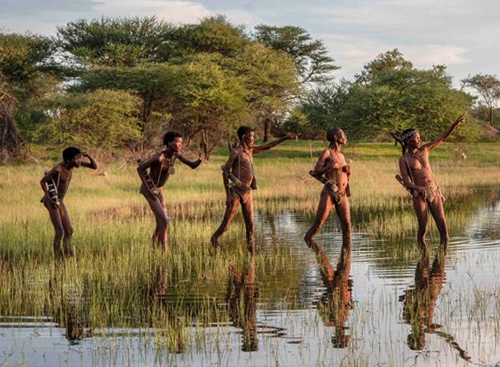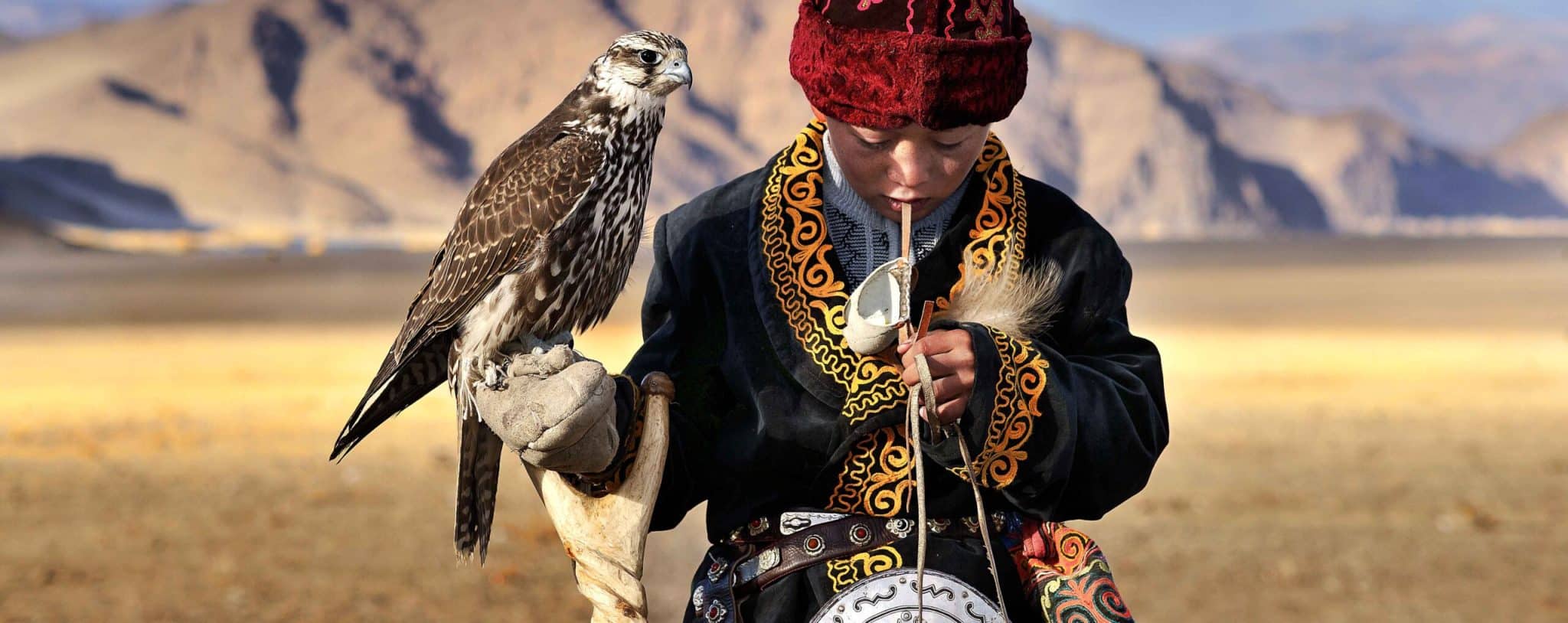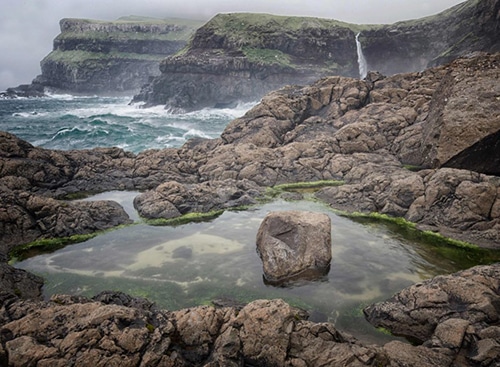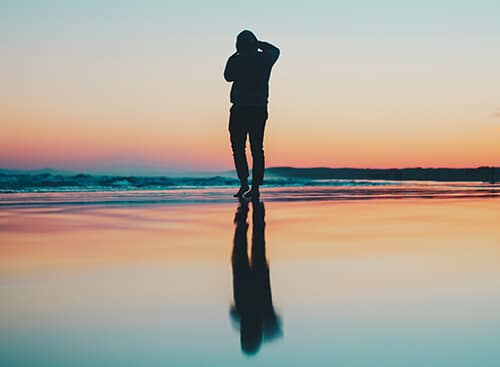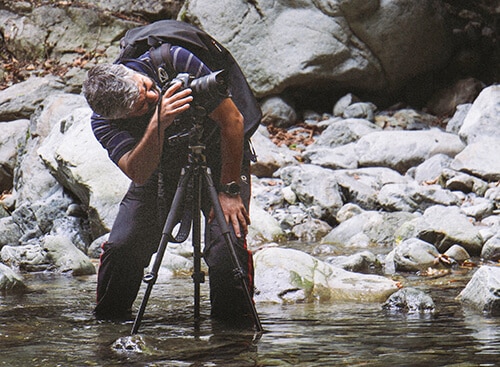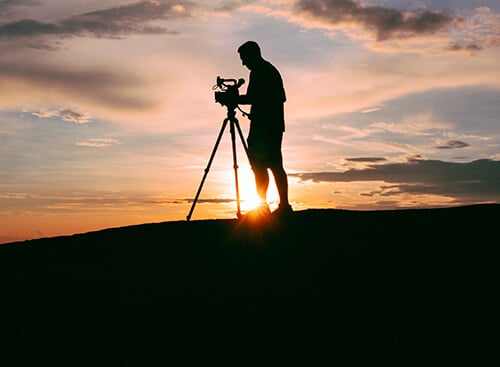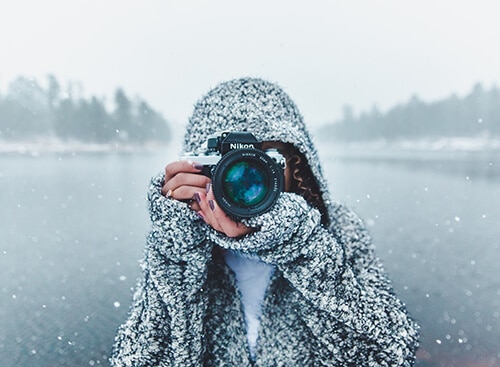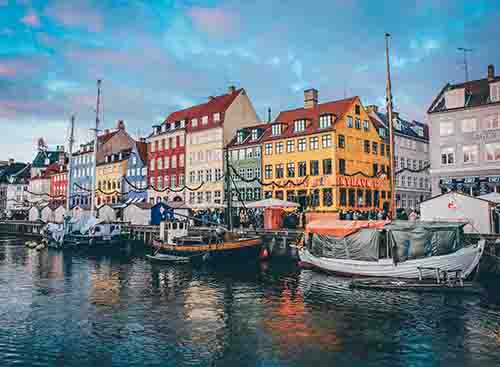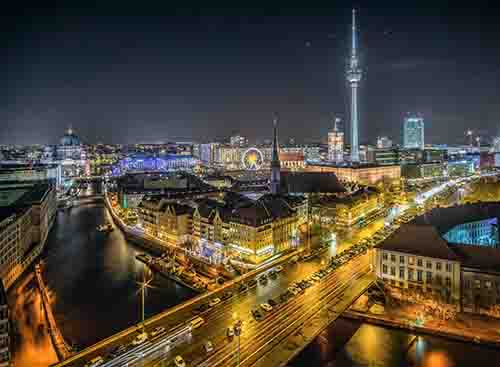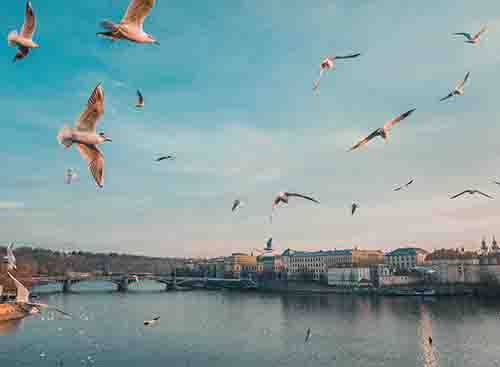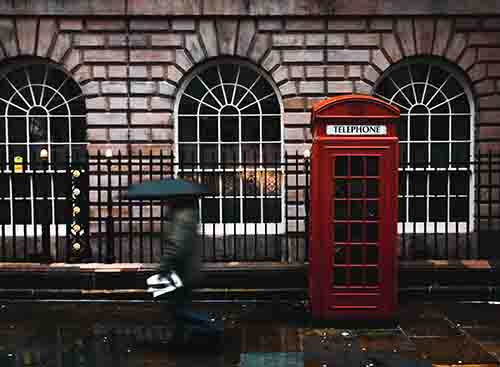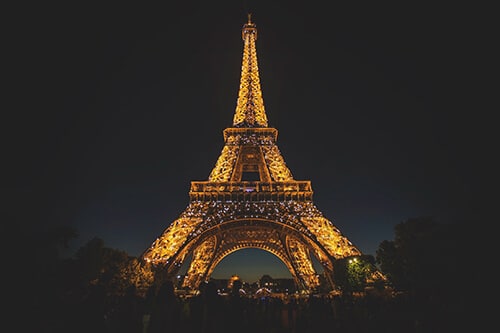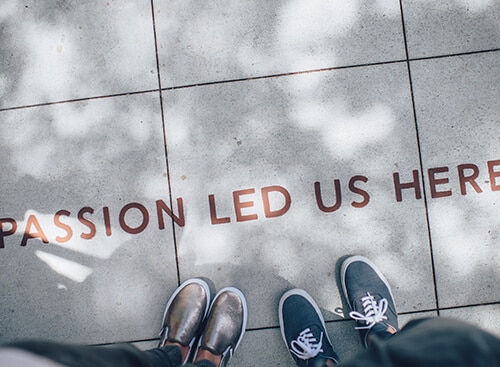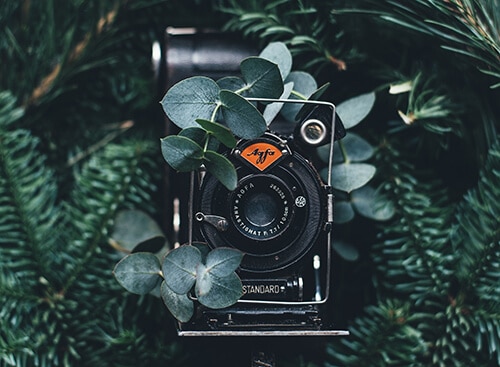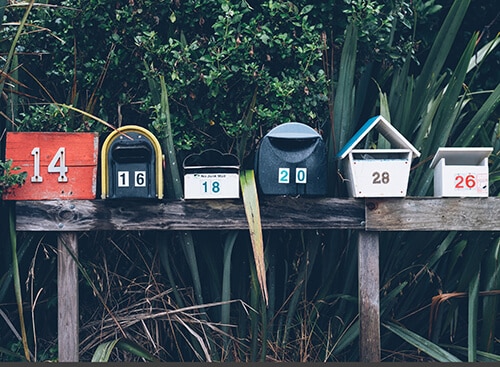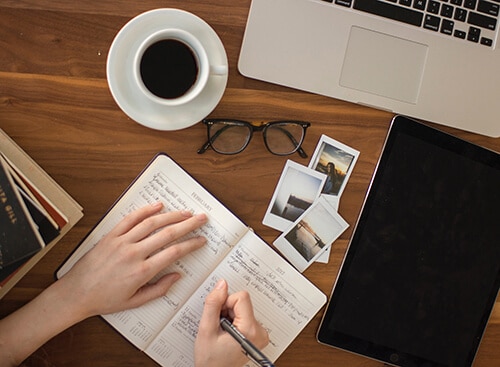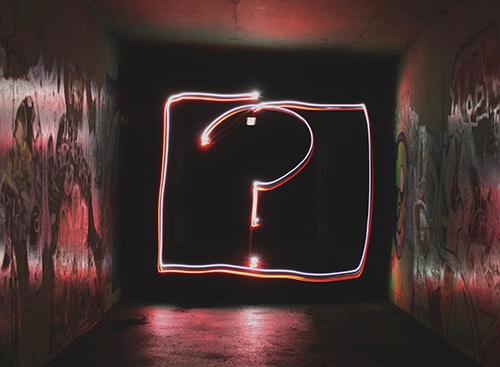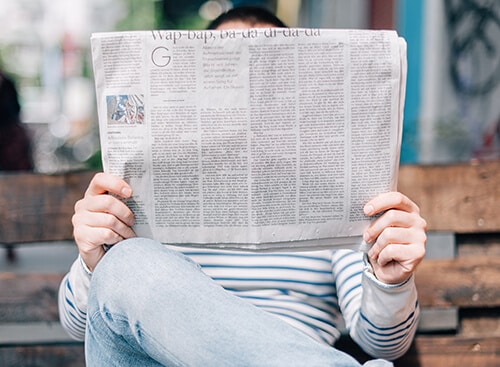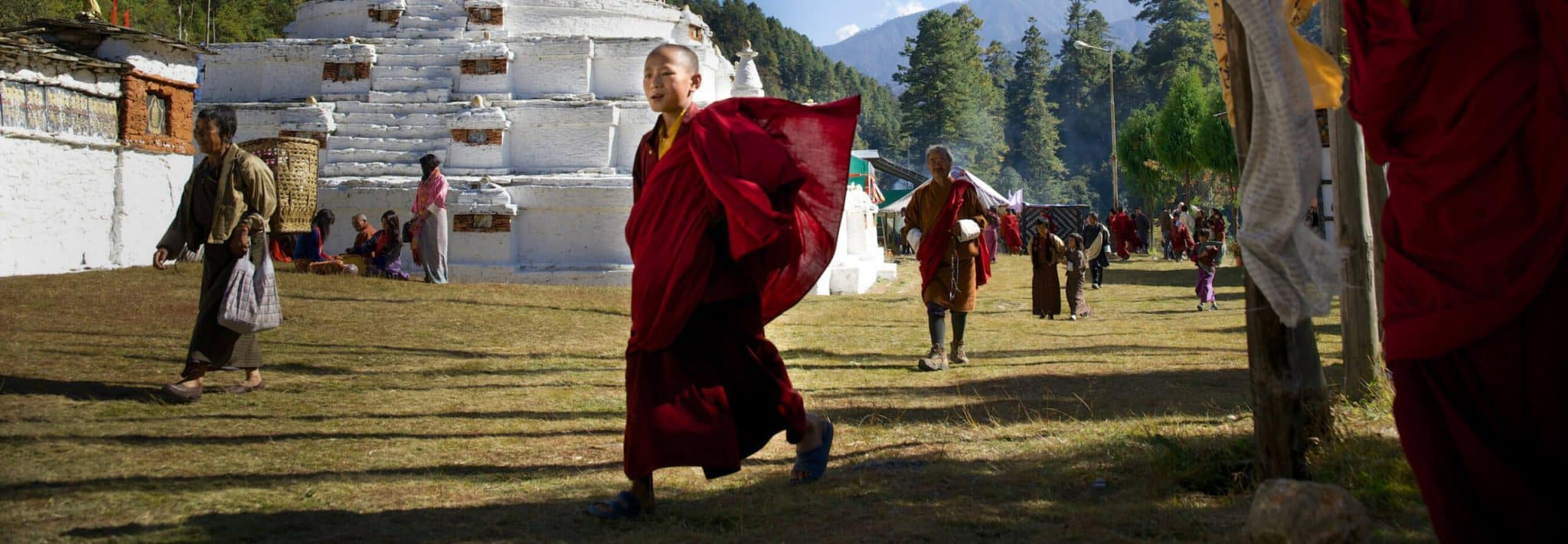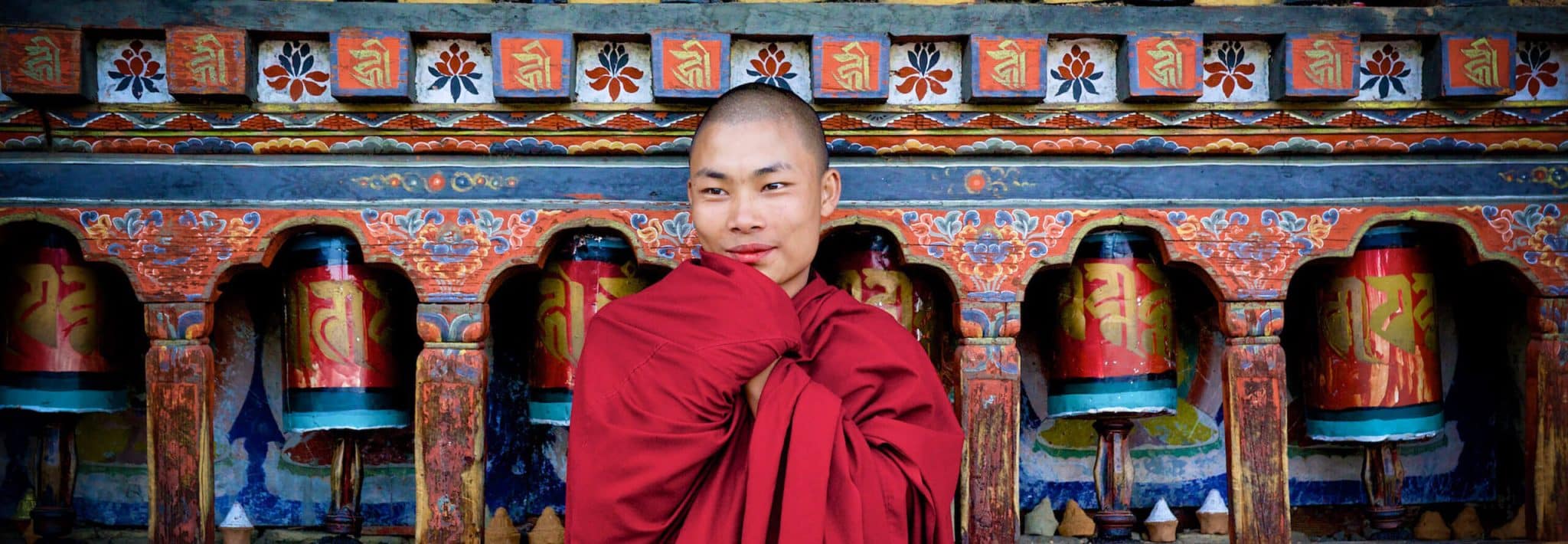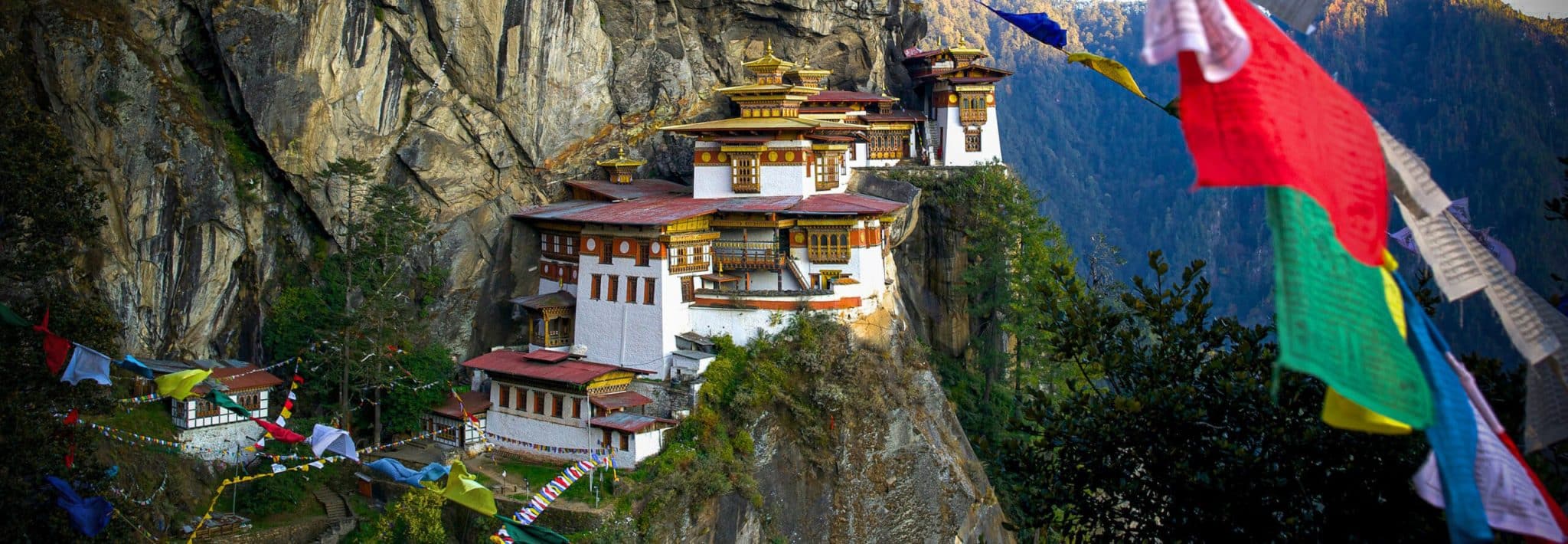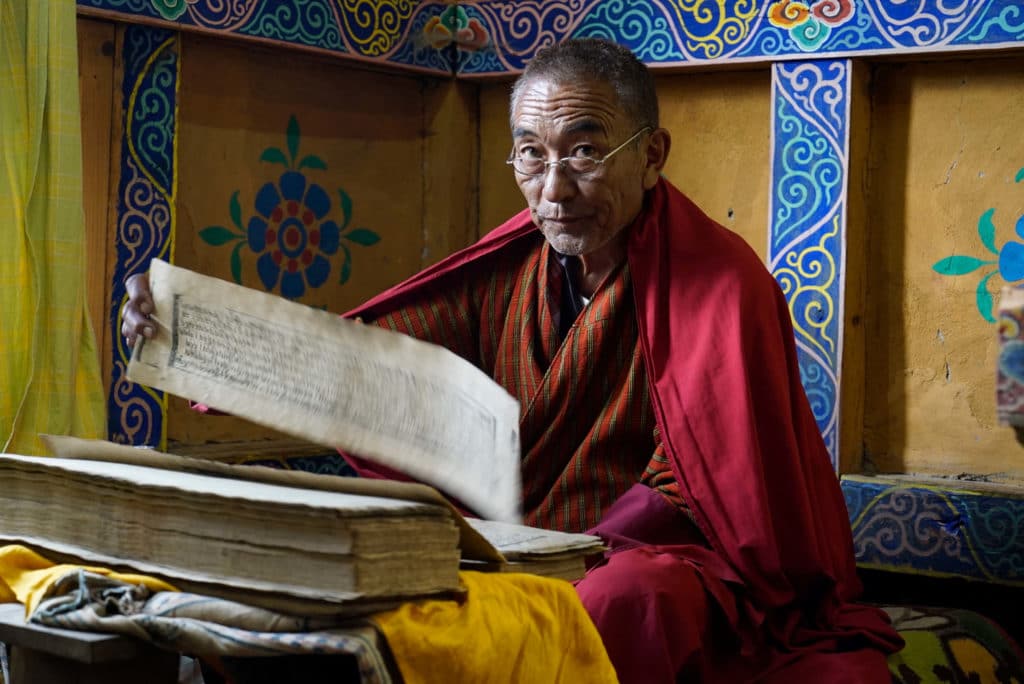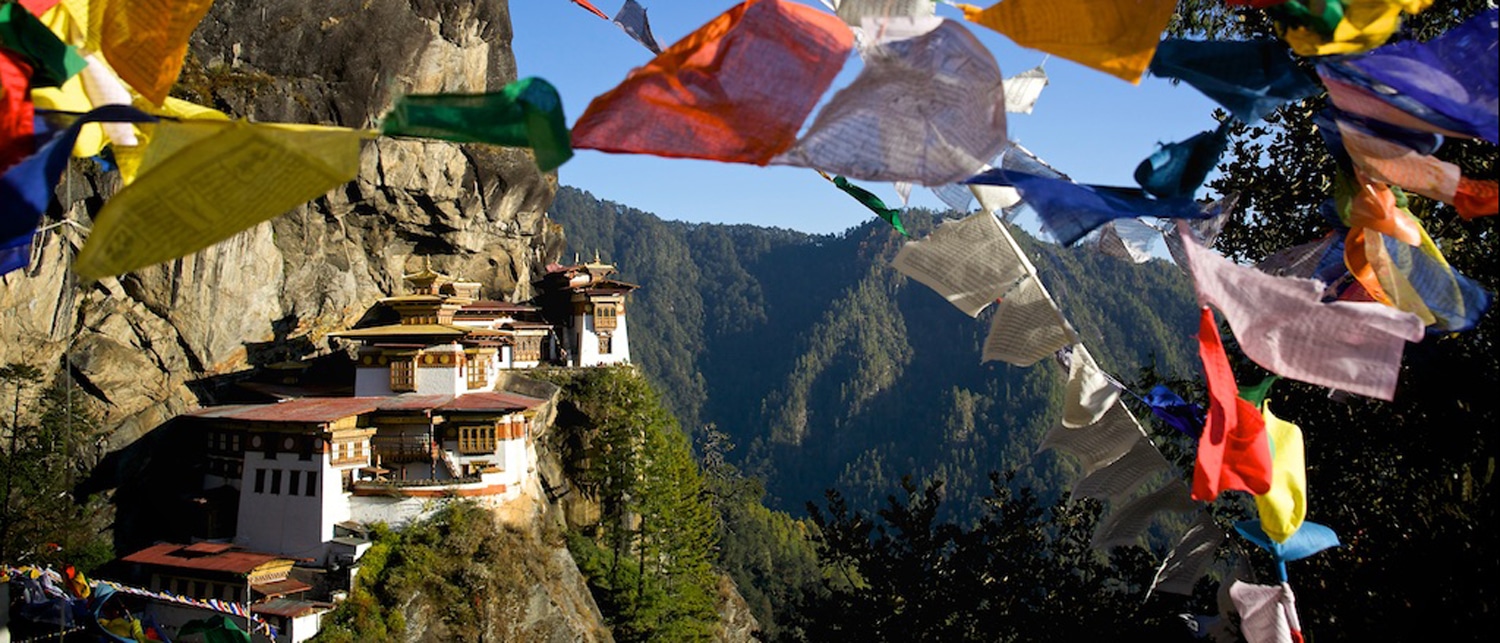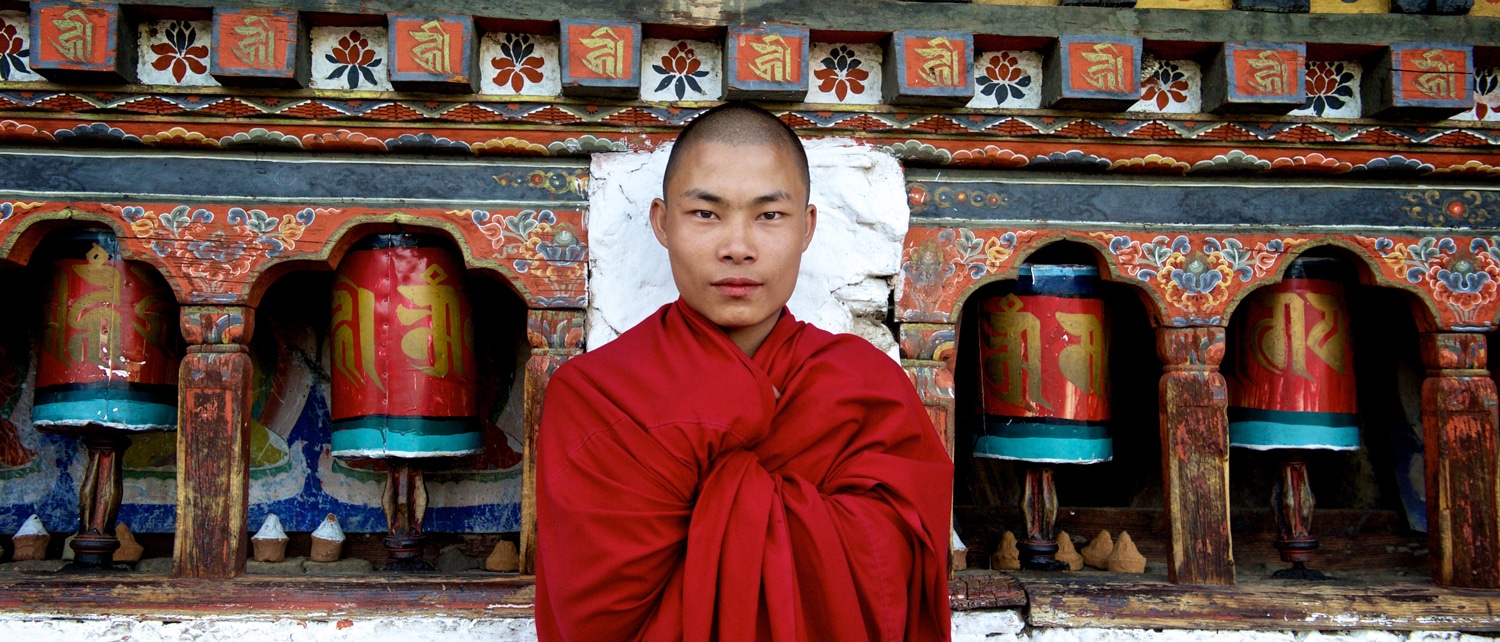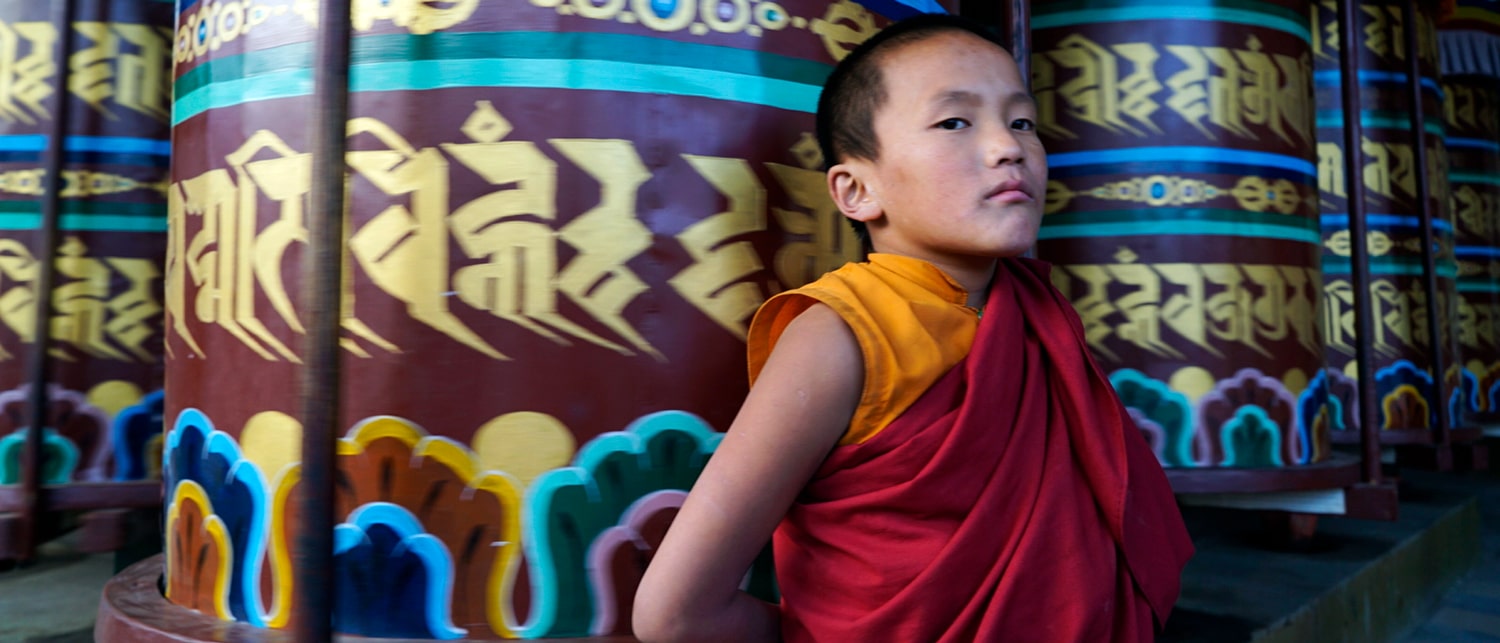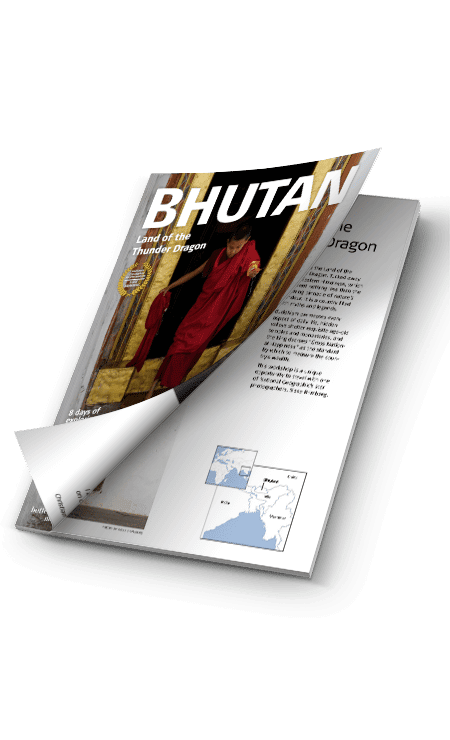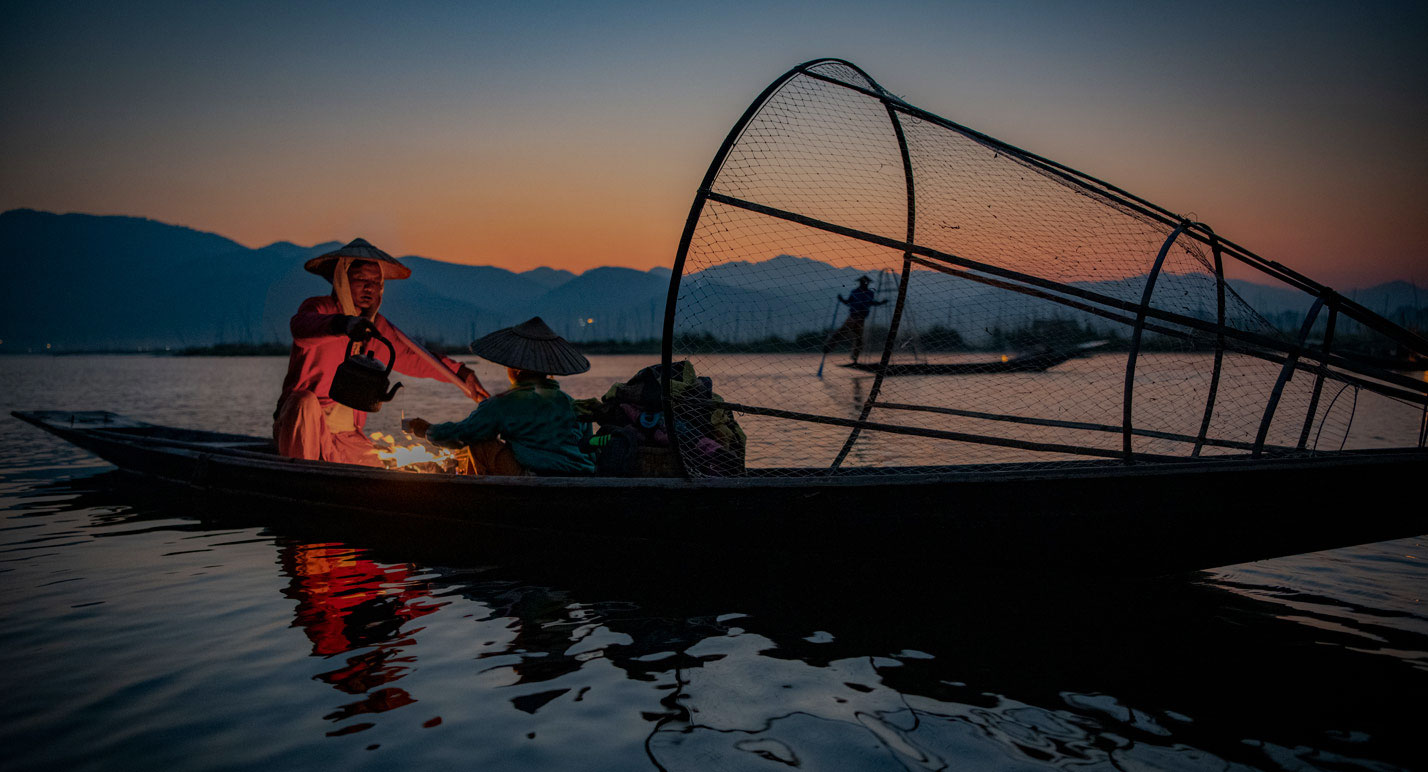- Destination:
Bhutan - Type:
TRAVEL & PORTRAIT - Expert:
SISSE BRIMBERG - Group Size:
GROUP 8-12 - Travel Dates:
September 23rd-30th 2024
EXPLORE BHUTAN
Explore the land of the happiest people in the world – the secluded Kingdom of Bhutan nestled in the foothills of the Himalayas. Let us take you on a photographic journey of the contrast between bustling city streets and ancient monasteries, lush landscapes and the majestic Himalayas, vast rice terraces and fields of drying chili peppers laid out like an Impressionist painting. Bhutan is truly a feast for the eyes.
- Travel with a National Geographic photographer
- Visit Tiger’s Nest, one of Asia’s most famous monasteries
- Explore Paro Valley
- Enjoy the view of the Himalaya Mountains
- Meet the locals and learn about the Bhutanese culture and tradition
- Discover Thimphu where tradition and modernity meet
Highlights
Expert SISSE BRIMBERG
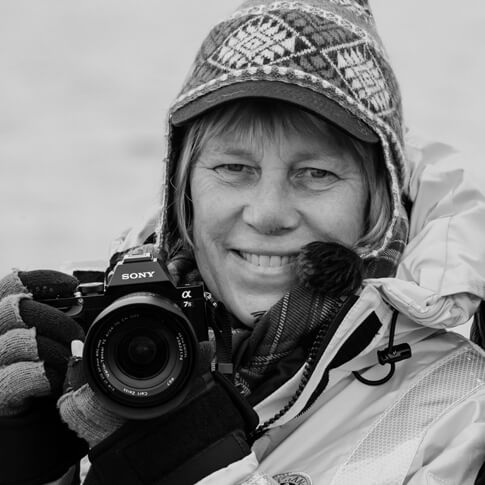
More about Sisse Brimberg
Sisse Brimberg is a highly experienced photographer who, during her long career with National Geographic, has photographed over fifty stories for National Geographic Magazine and National Geographic Traveler. She has covered a variety of stories, ranging from a feature on living in the Art Deco city of Casablanca, to the wilderness of Antarctica. Through the large variety of subjects, the red thread running through her career is that Sisse is a true expert in the art of visual storytelling. Sisse has a keen ability to use the camera to discover the many different layers of a place, and then pull them together in a visual narrative. She is an award-winning photographer who has received acclaim from Pictures of the Year International, the National Press Photographers Association, and Communication Arts. Sisse’s work continues to be exhibited around the world, including at the prestigious Leica House in Germany, followed with a cover story at LFI Magazine.
For the past 15 years Sisse Brimberg has spent part of the year travelling to remote and exotic locations teaching photography. She has also worked closely with Better Moments on our exclusive photo workshop program to Morocco, Tibet and Nepal, some of the most desirable regions to visit today for photographers and film makers. As a Bhutan expert, Sisse is excited to share her experiences with you and show you this very unique place and introduce you to the happiest people in the world.
BHUTAN WEBINAR
EXPAND WITH PASSION
On Location
- Teaching and training on the best techniques along with special tips and personalized advice.
- Learn to create dramatic and interesting photographs using composition, perspective and focal points.
- Learn how to use different exposure times and aperture settings in various light conditions.
- How to handle equipment with care on location and prepare for going in the field.
- Private hands-on lessons with Sisse Brimberg that will help you to take your photography skills to the next level, no matter what your starting point.
- How to comfortably approach people for street photography.
- Discover secrets behind successful travel and documentary photography.
- How to use your camera as a tool for storytelling.
In Classroom
- Daily reviews of the images you have taken throughout the day with constructive criticism to help you improve your skill-set.
- Digital workflow.
- How to create a visual narrative that can be used in a book, magazine or exhibition.
- Portfolio review.
ITINERARY
Get Inspiration
Enjoy your 34-page catalog with stunning photos from Bhutan
Including workshop intinerary, expert interview, quick tips and equipment list
TRAVEL FACTS
Thanks for choosing Better Moments for your workshop.
Facts
- September 23rd-30th 2024
- 8 Days
- Number of guests: 8-12
Included
- Local transport
- Accommodation
- All meals
Not included
- Travel to and from the workshop destination
- Visa and taxes
- Alcoholic beverages
- Travel insurance

Ask Us
Do you have any questions about the workshop or would you like to go on a private customized tour? Send us an email.
Price
-
- €6,495 in shared double room.
-
- €6,995 in single room.
-
- Groups sign-up a group of 4+ participants and receive a group discount.
-
- All prices are per person.
-
- INVITE A FRIEND
Experience the joy of photography with our INVITE A FRIEND initiative! Bring a friend or a special someone along without enrolling them in our workshops and enjoy savings on the total rate, subject to availability.
- INVITE A FRIEND
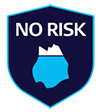
Better Moments is a member of the Travel Guarantee Fund, your guarantee that traveling with Better Moments is a safe experience.
Overview
